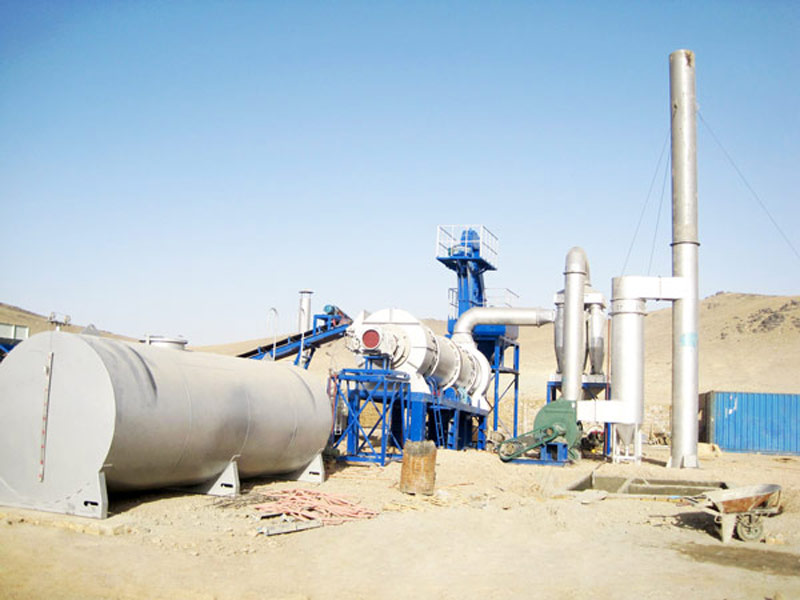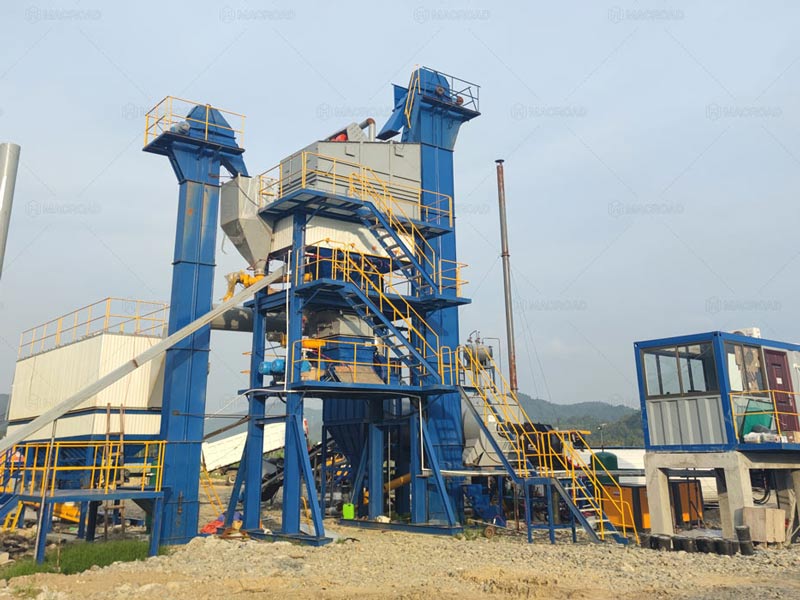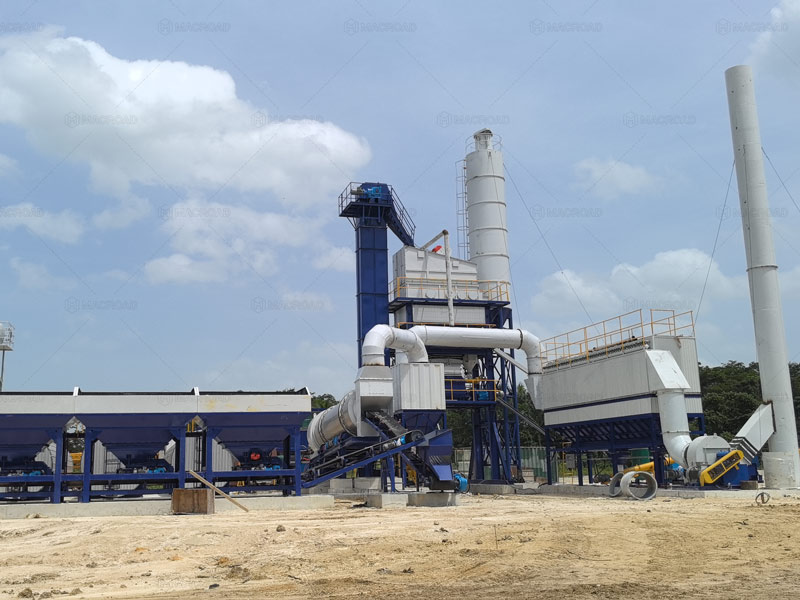The ecological impact of asphalt mixing plants has become a significant concern as industries strive for sustainability. Green design principles offer a viable solution to mitigate the environmental damage associated with asphalt production. This article explores how adopting green design practices can help reduce the ecological footprint of asphalt mixing plants, focusing on practical strategies that benefit both the environment and operational efficiency.

Designing for Energy Efficiency
One of the primary ways to reduce ecological damage is by designing asphalt mixing plants for energy efficiency. Integrating energy-efficient technologies can significantly lower energy consumption during production, which is crucial for both reducing emissions and conserving resources. For instance, modified asphalt production plants can utilize advanced heating systems that require less energy, thereby minimizing their overall carbon footprint.
Additionally, incorporating renewable energy sources, such as solar or wind power, into the design can further enhance sustainability. By harnessing clean energy, asphalt mixing plants can operate with lower emissions, contributing to a more sustainable operation. This not only helps the environment but can also lead to cost savings in the long run, making it an attractive option for operators of both stationary and mobile asphalt plants.

Utilizing Eco-Friendly Materials
Another critical aspect of green design is the use of eco-friendly materials in asphalt production. Incorporating recycled materials, such as reclaimed asphalt pavement (RAP), can significantly reduce the need for virgin resources and lower waste generation. This practice is particularly beneficial for rural roads and airport roads, where the demand for durable and sustainable materials is high.
By designing asphalt mixtures that include a higher percentage of recycled content, mixing plants can produce high-quality asphalt while minimizing their ecological impact. This approach not only conserves natural resources but also supports circular economy principles, aligning with broader sustainability goals. As more companies adopt these practices, the overall environmental footprint of asphalt production can be substantially reduced.

Implementing Effective Waste Management Strategies
Effective waste management is a cornerstone of green design in asphalt mixing plants. By implementing systems that prioritize waste reduction and recycling, plants can minimize their ecological damage. This includes developing processes for reusing materials and ensuring that any by-products are properly managed, for example, in the construction of airport road.
For example, operators can design facilities to have dedicated areas for sorting and processing waste materials. This not only streamlines operations but also enhances the overall sustainability of the plant. In addition, educating staff on best practices for waste management ensures that everyone is aligned with the facility’s environmental goals, further promoting a culture of sustainability.
In conclusion, reducing the ecological damage of asphalt mixing plants through green design involves a multifaceted approach. By focusing on energy efficiency, utilizing eco-friendly materials, and implementing effective waste management strategies, asphalt mixing plants can significantly lower their environmental impact. These practices not only benefit the environment but also enhance operational efficiency, paving the way for a more sustainable future in asphalt production. If you are interested in the above information, please contact us; our service is always ready.